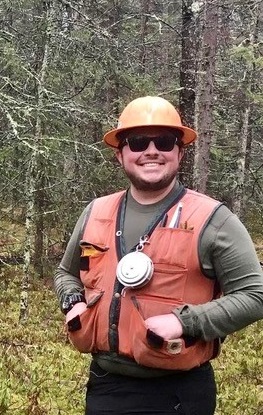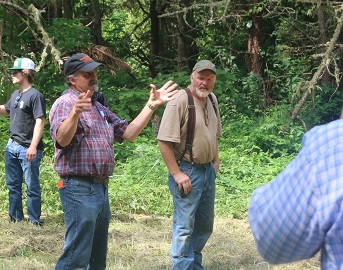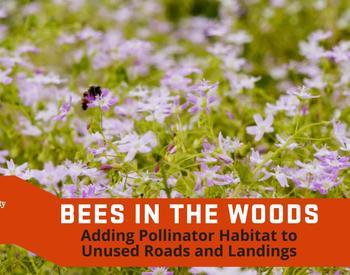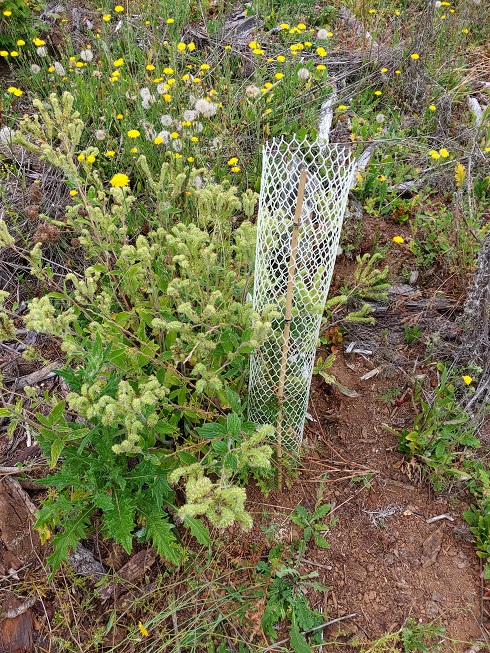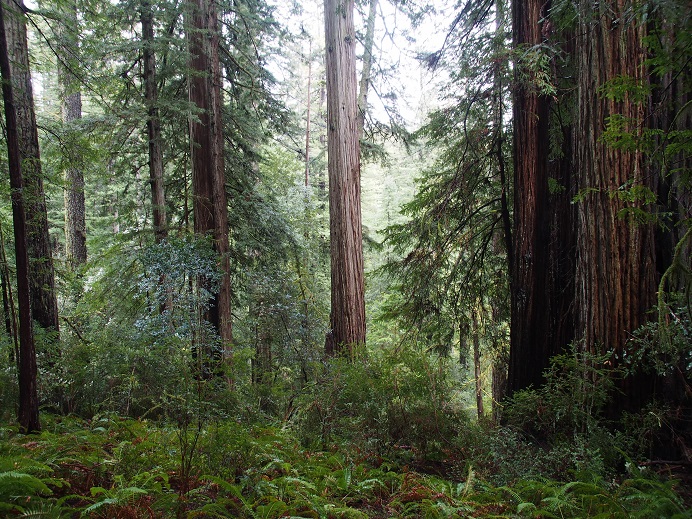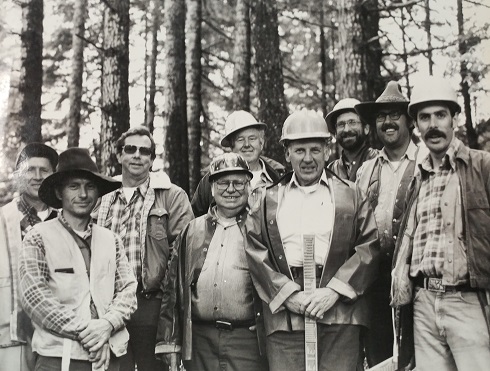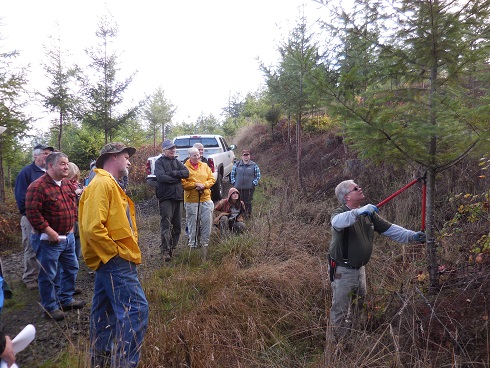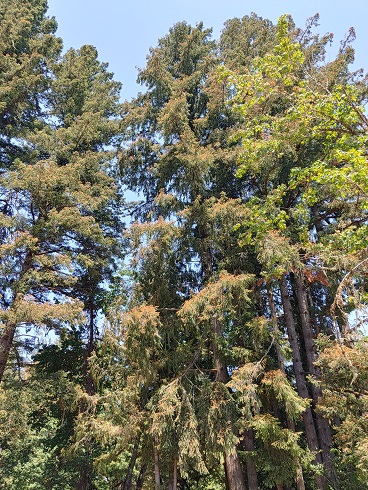Brad Withrow-Robinson, Forestry & Natural Resources Extension agent for Benton, Linn and Polk Counties
There are many comings and goings in FNR extension with two recent arrivals in the Valley, and one upcoming departure.
Arrivals
Alex Gorman is the new FNR Extension agent for Columbia, Washington and Yamhill Counties. Alex has forestry degrees from Humboldt State University and University of Minnesota. He is based in St. Helens, and started on June 30, the day after the discovery of the Emerald Ash Borer in Forest Grove. So Alex was thrust into the state and local response to the EAB arrival, and working with the EAB task force. All that certainly hijacked some of his plans to meet, greet and network. But he is getting out more, and happy connect with landowners. If you have not met Alex yet, reach out and get on his mailing list! alexander.gorman@oregonstate.edu P: 503-397-3462 x2
Another new face on the scene in Kaya Bordelon, the Regional Fire Specialist, Willamette Valley & North Cascades. She is part of FNR Extension’s new Fire Program, developed to help span boundaries with new partnerships to help support community and landscape resiliency to wildfire. Kayla is a Silverton native, coming to us most recently from University of Idaho. She has background as an educator, science communicator and conservation practitioner having worked with Forest Service, National Parks and community organizations. Kayla is busy settling in, and yes, meeting, greeting and networking.
Departure
As for the departure, the time has come for me to retire from OSU Extension, effective January 1, 2023. Some would say past time.
I have been with Forestry and Natural Resources Extension for over 20 years now, and have really enjoyed my time and work here. It is hard to imagine a more dedicated and creative group of colleagues, great community partners, nor a more passionate and inspiring group of people than the woodland owners and volunteers I have worked with. I have learned so much over the years about traditional as well as emerging forestry issues, and have done my best to share that effectively.
As I leave, I am happy to assure you that Forestry and Natural Resources will remain an active Extension program in Benton, Linn and Polk Counties. Holly Ober (FNR Program leader) sees this three county position as a priority and has already begun the search process for the next agent. It seems likely that my successor will arrive by summer. I know, it sounds like a long time, but that is fast for a University.
Changes to this newsletter
What about Tree Topics, the Compass and Needle? Tree Topics was a blog space that Amy Grotta and I used to make our writing more visible on the web, and also give easy access to each of us for putting together our individual newsletters. Extension now has other preferred ways to make stories visible on line. So this is the final post of Tree Topics. However, the catalog of stories will remain.
The Compass Newsletter that I publish for Linn, Benton and Polk Counties will similarly not be published after I retire (pending the arrival and decision of my successor) but the Needle events bulletin will still be sent out from the Benton County office as needed to publicize events of our partners. You can still subscribe to that mailing list to receive announcements: https://extension.oregonstate.edu/newsletter/needle-woodland-compass
Although it feels like the right time, my looming departure is producing some mixed emotions for me. It has been a great run, and I have really enjoyed being in Extension and working with so many great community partners and individuals. But now I am looking forward to doing new things in retirement.
Wishing you all the Best.
Brad
